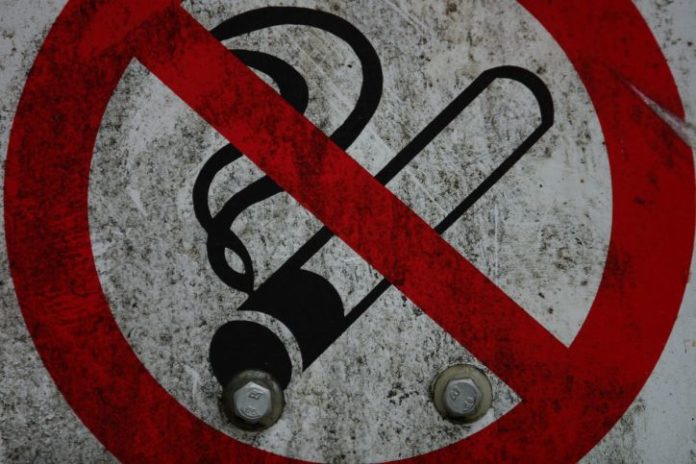New research from Norris Cotton Cancer Center estimates, for the first time, the impact of an R rating for movie smoking. James Sargent, MD, co-director of the Cancer Control Research Program at Norris Cotton Cancer Center, emphasises that an R rating for any film showing smoking could substantially reduce smoking onset in U.S. adolescents- an effect size similar to making all parents maximally authoritative in their parenting, Sargent says.
“Smoking is a killer. Its connection to cancer, heart attacks, and chronic lung disease is beyond doubt. Kids start to smoke before they’re old enough to think about the risks; after starting they rapidly become addicted and then regret it. Hollywood plays a role by making smoking look really good,” says Sargent. “By eliminating smoking in movies marketed to youth, an R rating for smoking would dramatically reduce exposure and lower adolescent smoking by as much as one-fifth.”
The study, “Influence of Motion Picture Rating on Adolescent Response to Movie Smoking” (Pediatrics, Vol. 130, No. 2, August 2012), enrolled a total 6,522 U.S. adolescents in a longitudinal survey conducted at eight-month intervals. Movie smoking exposure (MSE) was estimated from 532 recent hit movies, categorized into three of the ratings brackets used by the Motion Picture Association of America to rate films by content- G/PG, PG-13, and R. Median MSE from PG-13 movies was approximately three times higher than median MSE from R-rated films but their relation to smoking was essentially the same. The investigators were able to show that adolescent smoking would be reduced by 18 percent if smoking in PG-13 movies was largely eliminated, all else being equal.
“The equivalent effect of PG-13-rated and R-rated MSE suggests it is the movie smoking that prompts adolescents to smoke, not other characteristics of R-rated movies or adolescents drawn to them,” the study concludes.
“We’re just asking the movie industry to take smoking as seriously as they take profanity when applying the R rating,” comments Sargent, who is also professor of pediatrics at The Geisel School of Medicine at Dartmouth. “The benefit to society in terms of reduced healthcare costs and higher quality of life is almost incalculable.”
Source: Dartmouth-Hitchcock











